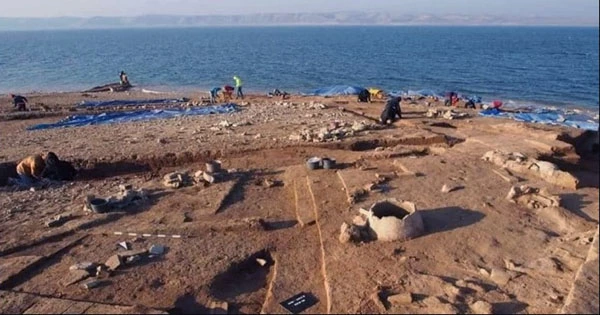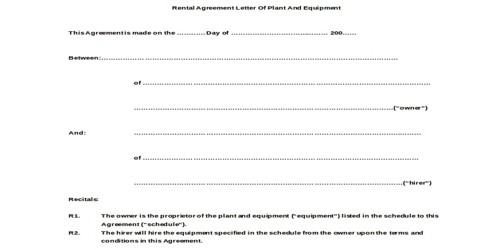Drought dropped the height of the Mosul Reservoir in Iraqi Kurdistan three years ago, revealing a city that experts believe is Zakhiku, the Bronze Age Mittani Empire’s capital. The dry conditions have returned, posing a serious hazard to Iraqis while providing archaeologists with a second opportunity to investigate the historic site. Although the drought in southern Iraq has received less attention than heatwaves in India and Pakistan, it has been severe enough to necessitate the discharge of enormous volumes of water held upstream in the Mosul Reservoir.
The idea that Mosul could run dry before the drought ends is scary, yet the water level has plummeted so low that historic riches are being uncovered in the meanwhile. A German-Kurdish crew discovered a magnificent castle with paintings on the walls during the last fall in reservoir levels. The palace would have situated 20 meters (66 feet) from the Tigris River’s eastern bank during at least two eras of use, the first approximately 3,400 years ago. It was undoubtedly a Bronze Age power center, and scholars assumed it was the city of Zakhiku, which was mentioned in records dating back 3,800 years.
Wetter weather, on the other hand, saw the reservoir recapture the palace. When the site was rediscovered this year due to drought, archaeologists jumped into action, assembling a team in days and getting financing from the Fritz Thyssen Foundation at a pace that government funding agencies couldn’t match. The city has already been thoroughly surveyed, revealing numerous massive structures in addition to the palace. These feature massive fortresses as well as what look to be a storage complex and factories — the Mittani Empire appears to have known more about the benefits of urban planning and grouping industrial purposes than some of its successors.
In a statement, Professor Ivana Puljiz of the University of Freiburg remarked, “The massive magazine structure is of particular relevance since enormous quantities of items must have been kept in it, perhaps imported from all over the region.” “The excavation results reveal that the location was an important center in the Mittani Empire,” said Dr Hasan Qasim of the Kurdistan Archaeology Organization. Despite the fact that the complex has been underwater for much of the previous 40 years, the mud-brick walls have been astonishingly well kept. The earthquake in 1350 BCE, according to archaeologists, knocked down the higher walls, protecting those below.
In addition to the 10 cuneiform tablets discovered during the previous excavation, more than 100 cuneiform tablets from just before the earthquake have been discovered in pottery jars. Once translated, these might provide valuable information on the city’s life. The location has been covered with plastic sheeting to protect newly exposed portions from further flooding.
The Mittani Empire ruled from roughly 1600 BCE to 1260 BCE, and at its height, it included much of modern-day Syria and northern Iraq — a vast territory by ancient standards. It was eventually conquered by the Hittites in the north and the Assyrians in the south. It is, however, little known today, in part because the few Mittani cities that have been explored are minor outposts on the empire’s outskirts. If the drought continues, Zakhiku, which is near to the core, may be able to change that.
Unfortunately for Iraqis, rising global temperatures will certainly result in drier conditions in the region. The reservoir’s height will fluctuate, but the putative Zakhiku is more likely to be uncovered. However, this does not always mean that archaeologists will have greater chances. Droughts destabilize the environment: Drought-induced misery was a key factor in propelling neighboring Syria into a decade-long civil conflict. If such conditions persist in Iraq, science is unlikely to flourish.








![Report on L/C Tracking System of HSBC [part-2]](https://assignmentpoint.com/wp-content/uploads/2013/03/hsbc1-110x55.jpg)







